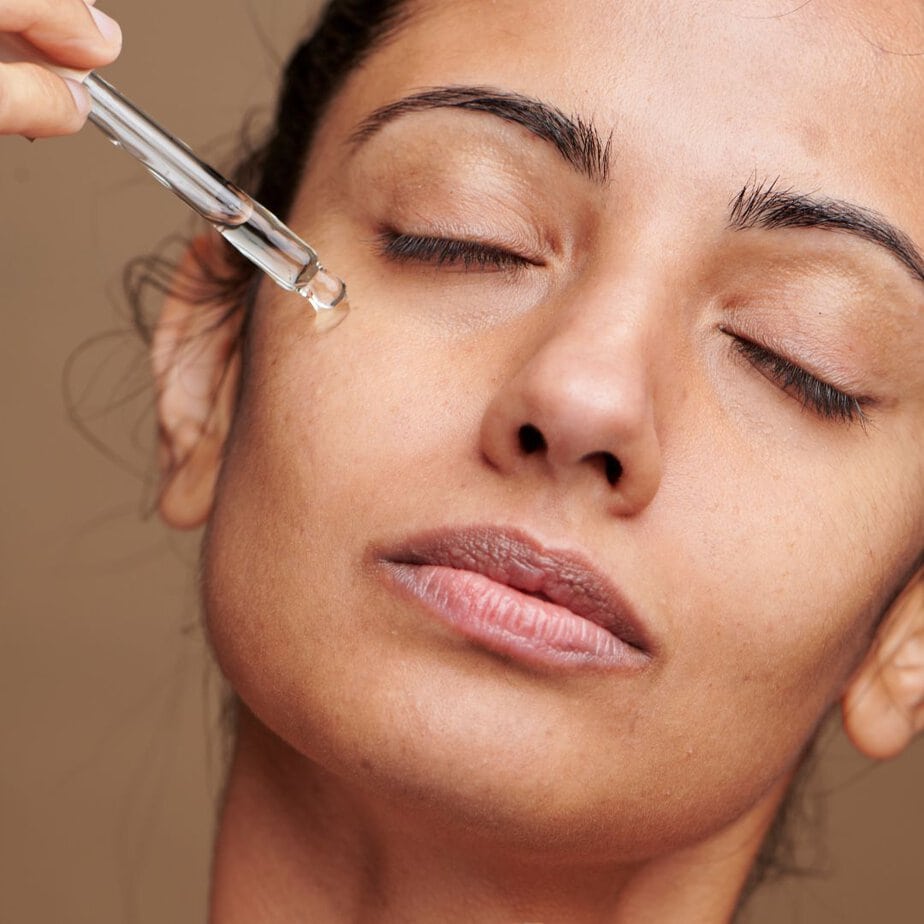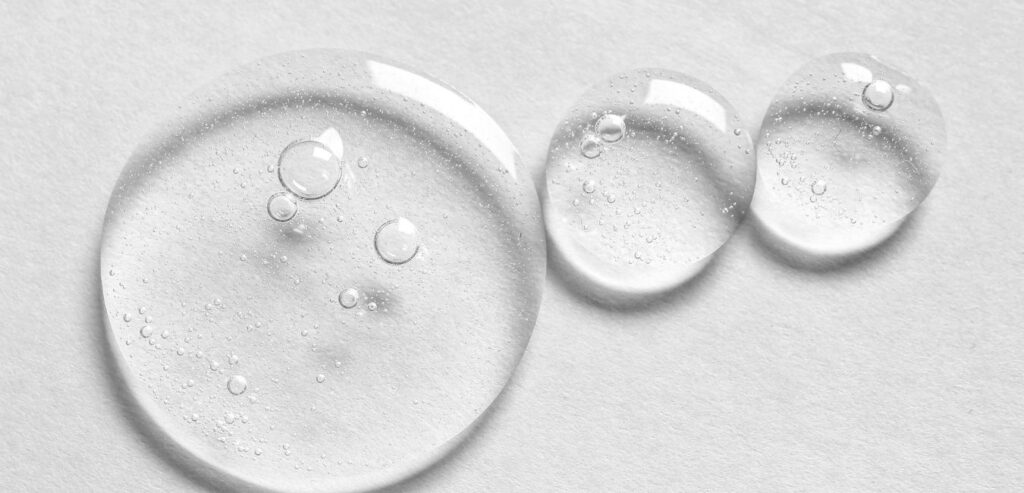
In the ever-evolving world of skincare, there’s always a new ingredient making waves, promising remarkable results. One such superstar ingredient that has captured the attention of beauty enthusiasts and experts alike is Hyaluronic Acid. Renowned for its exceptional hydrating properties and a myriad of other benefits, this mighty molecule has become a must-have in the pursuit of healthy, glowing skin.
Understanding Hyaluronic Acid
Hyaluronic Acid, often abbreviated as HA, is a naturally occurring substance found in our bodies, particularly in our skin, connective tissues, and eyes[1]. Despite its name, it’s not an exfoliating acid but rather a complex sugar molecule with the incredible ability to hold an astounding amount of water. In fact, it can retain up to 1,000 times its weight in moisture[2], making it a true hydration powerhouse.
The Hydration Hero
One of the primary reasons Hyaluronic Acid has gained so much attention is its unmatched hydrating prowess. It works by attracting and retaining moisture from the environment, effectively replenishing the skin’s moisture levels[3]. When applied topically, it forms a moisture-locking barrier, preventing water loss and helping to keep the skin plump, supple, and hydrated. This makes it a go-to ingredient for those combating dryness, dehydration, or simply seeking a radiant, healthy complexion[4].
Versatility and Compatibility
One of the remarkable aspects of Hyaluronic Acid is its versatility and compatibility with various skin types. Unlike many other hydrating ingredients, HA is suitable for all skin types, including oily and acne-prone skin. It is non-comedogenic and lightweight, which means it won’t clog pores or leave a greasy residue. This makes it an ideal choice for anyone seeking hydration without the fear of exacerbating skin concerns[5].
Beyond Hydration
Additional Benefits: While its hydrating abilities take centre stage, Hyaluronic Acid offers a range of additional benefits for the skin. Its exceptional moisture retention properties can help improve the appearance of fine lines and wrinkles, as well as enhance the overall texture and elasticity of the skin[6]. Moreover, it can assist in soothing irritated skin, reducing redness, and promoting a more balanced complexion[7]. These multi-faceted benefits make Hyaluronic Acid an all-in-one solution for achieving healthier, more youthful-looking skin.
Incorporating Hyaluronic Acid into Your Skincare Routine
Integrating Hyaluronic Acid into your skincare regimen is a straightforward process. You can find it in various formulations, such as serums, creams, moisturizers, and even sheet masks. It’s best applied after cleansing and toning, when the skin is still slightly damp, to maximize its moisturizing effects. A few drops of a Hyaluronic Acid serum gently patted onto the skin can provide an instant hydration boost, followed by your preferred moisturiser to seal in the moisture[8].
In the quest for glowing, healthy skin, Hyaluronic Acid has emerged as an undeniable skincare hero. Its ability to deeply hydrate, improve texture, and promote overall skin well-being has solidified its place as a staple in countless beauty routines. So, whether you’re battling dryness, looking to address signs of aging, or simply seeking a radiant complexion, incorporating Hyaluronic Acid into your skincare arsenal might just be the key to unlocking your skin’s true potential.
Remember, healthy, hydrated skin is just a drop away with the mighty powers of Hyaluronic Acid!

References:
[1] Ganceviciene, R., Liakou, A. I., Theodoridis, A., Makrantonaki, E., & Zouboulis, C. C. (2012). Skin anti-aging strategies. Dermato-endocrinology, 4(3), 308–319.
[2] Papakonstantinou, E., Roth, M., & Karakiulakis, G. (2012). Hyaluronic acid: A key molecule in skin aging. Dermato-endocrinology, 4(3), 253–258.
[3] Tran, C., Carraux, P., Micheels, P., Kaya, G., Salomon, D., & Mikoshiba, M. (2009). In vivo bio-integration of three hyaluronic acid fillers in human skin: A histological study. Dermatology, 218(4), 308–316.
[4] Fakhouri, T. M., & El-Banby, M. A. (2021). Efficacy and Safety of Hyaluronic Acid in Skincare: A Systematic Review and Meta-Analysis. Clinical, Cosmetic and Investigational Dermatology, 14, 343–356.
[5] Gagnier, J. J., Kienle, G., Altman, D. G., Moher, D., Sox, H., & Riley, D. (2013). The CARE guidelines: Consensus-based clinical case reporting guideline development. BMJ Case Reports, 2013.
[6] Kogan, G., & Šoltés, L. (2007). Stern, R., Hyaluronic Acid: A Natural Biopolymer with a Broad Range of Biomedical and Industrial Applications. Biotechnology Letters, 29(1), 17–25.
[7] Yoon, J. Y., Kwon, H. H., Min, S. U., Thiboutot, D. M., & Suh, D. H. (2014). Epidermal Permeability Barrier: Epidermal Permeability Barrier. Annals of Dermatology, 26(5), 563–567.
[8] Weiss, R., & Shavin, J. (2010). Hyaluronic Acid Fillers: Restylane and Juvéderm. Clinics in Plastic Surgery, 37(3), 407–418.
